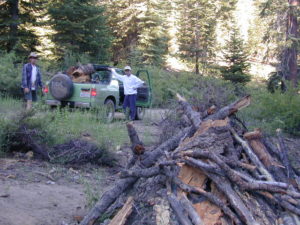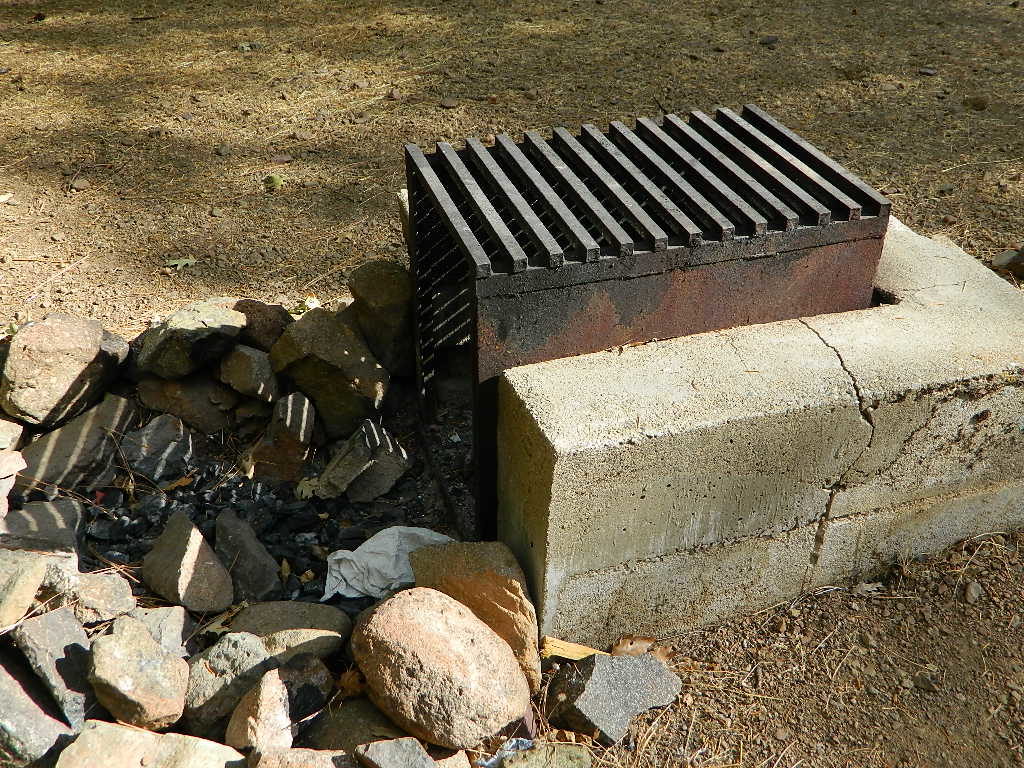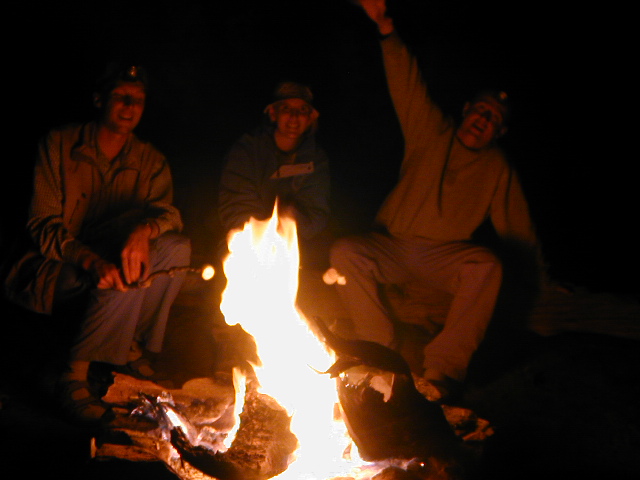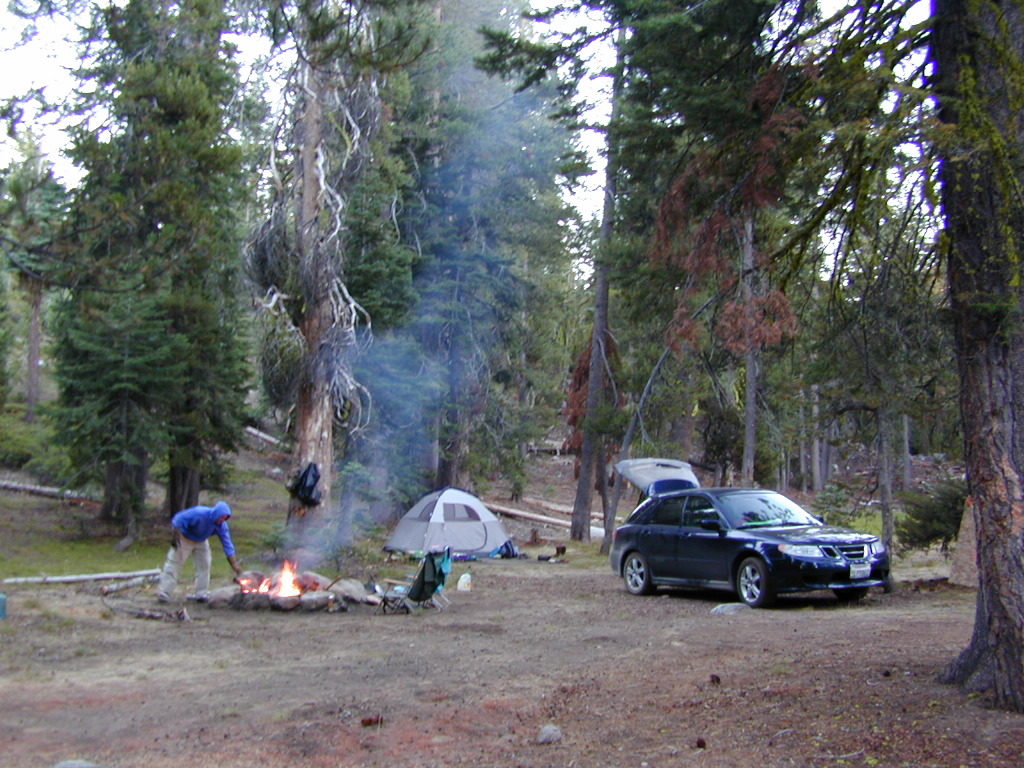
preparation – light camp fire before dark
CAMPFIRE COOKING: A LOST ART
Overland pioneers, native tribes, hunters and trappers, mountain folk once knew the value of a well stocked outdoor kitchen – and the nightly campfire. It was their social part of the day, the communal, the cooking, dining, chores; Entertaining, music and the nightly resting.
Generally you cook with the coals, not with the flames. Meat can handle direct flame, but you must watch it as it will burn – or catch fire. Especially fatty /marbled meat. Small grills can serve as a clean spot to cook meat and vegetables. Keeping the food outta the ash, soot and dirt can be harder than you imagine. Squatting may be required. A small camp table helps keep things outta the dirt.
You can never have enough old dish towels, bath towels, blankets, tarps around; so bring some.
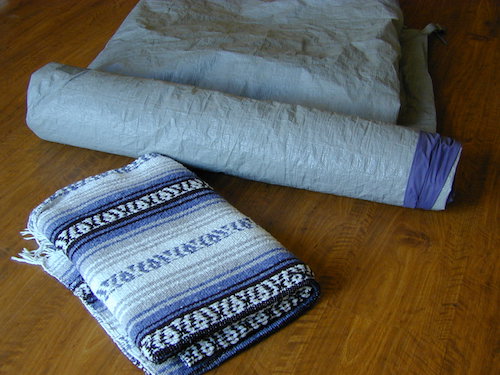
CAMP BASICS:
Bring a saw and hatchet to collect free fire wood.
Gather kindling and wood during the day time, when out exploring near camp;
Light the campfire before dark, so you can have a bed of coals to cook on before nightfall. Wind proof lighters and matches.
Always have a metal shovel, water and bucket to tend fire; those items are required to obtain a camp fire permit.
Chop, slice, season, and cook while it is dusk – with some amount of sky light.
Washing station (buckets, soaps, towels, dishes drying) should be located at far (downhill) end of the picnic table. Or on a tree trunk, big rock, just outta the way of the main food prep area. This keeps mud from developing in high-traffic areas. Clothes-line rope can be strung between trees for drying dish towels, beach towels and wet clothes.
BUCKETS – Kitchen bucket and a separate campfire bucket should both have water accessible and close by, within arms reach if possible. Teach to children to fetch water. Campfire safety is always an issue on the drought-striken West Coast. Know the fire restrictions in the area you plan to camp.

Cast Iron Pots and Pans
No other cookware has stood the test of time like cast iron. The Overland travelers carried it in their covered wagons, as they crossed the continent (on foot) in the 1800’s. Wood stoves are usually made of cast iron.
Cast Iron is durable and heavy. It can handle fire flames and direct coals, with extreme heat. Seasoning is the dark layer of oil that builds up on the iron surface over time, with proper use. The seasoning is known to hold flavors, possibly transferring them to future dishes. Beware: baked breads can even take on the flavor of a previous dish.
Cast Iron cookware does need special care:
- Use no soap. Warm or hot water is sufficient for cleaning. Soak it if food is stuck on.
- Many prefer to wipe clean with paper towels, and not wash it.
- Dry it immediately after washing with old towel, or it could start to rust. Whichever cloth you use will become black from soot and oils, so use an old rag or towel.
- Season It: Wipe it down with paper towel with cooking oil or butter, before and after every cooking session.
- Steel wool scrubbing, cooking w/ wine or vinegar – will remove the dark seasoning.
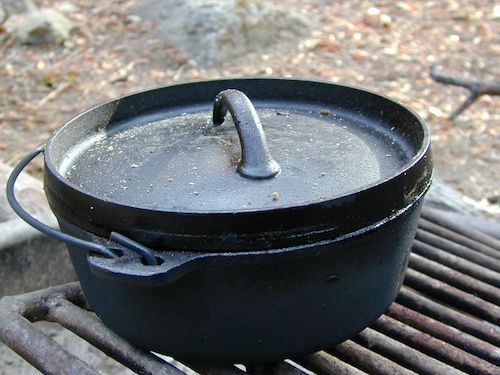
Dutch Ovens can have a flat bottom or feet, for keeping it elevated. Flat bottoms work best on grills, camp stoves, and on top of wood burning stoves. The footed variety is primarily for cooking inside the campfire. The heavy lid can also have a lip, which allows for placement of hot coals on top, to allow for heat above and below.
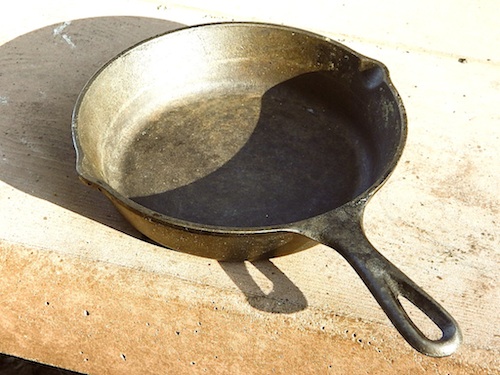
A Small Cast Iron Skillet is super handy for Campfire Cooking
Cast Iron Dutch Ovens

cast iron dutch oven
Solo campers will find that a 3 quart Dutch oven and a small skillet is adequate enough for most meals. From breakfast to the impromptu fish fry lunch. Supper stews, reheating left overs or home made chili warmed up.
Cast Iron Liners
Campfire Grills
Camping BBQ Grill
Fire Pits
Campfire Tripods
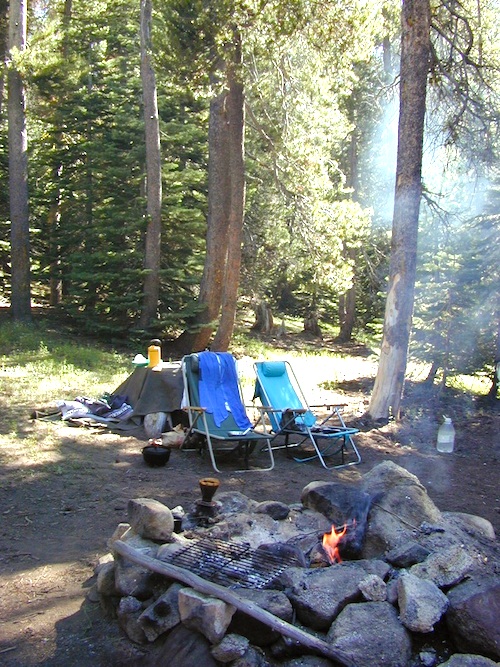
real marshmallows non-gmo
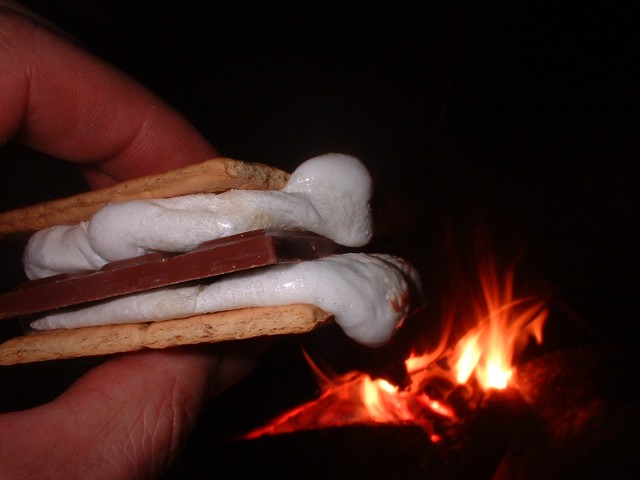
Smores – Photo by Ron Penhall
Camp Fork:
Roasting Sticks & Skewers
campfire permits
wood cutting permits

For camp recipes, may we recommend:
freshoffthegrid.com
Fresh Off The Grid is a culinary resource for the outdoor community.

campfire safety
Firewood Dealers in California
Campfire Mitt


